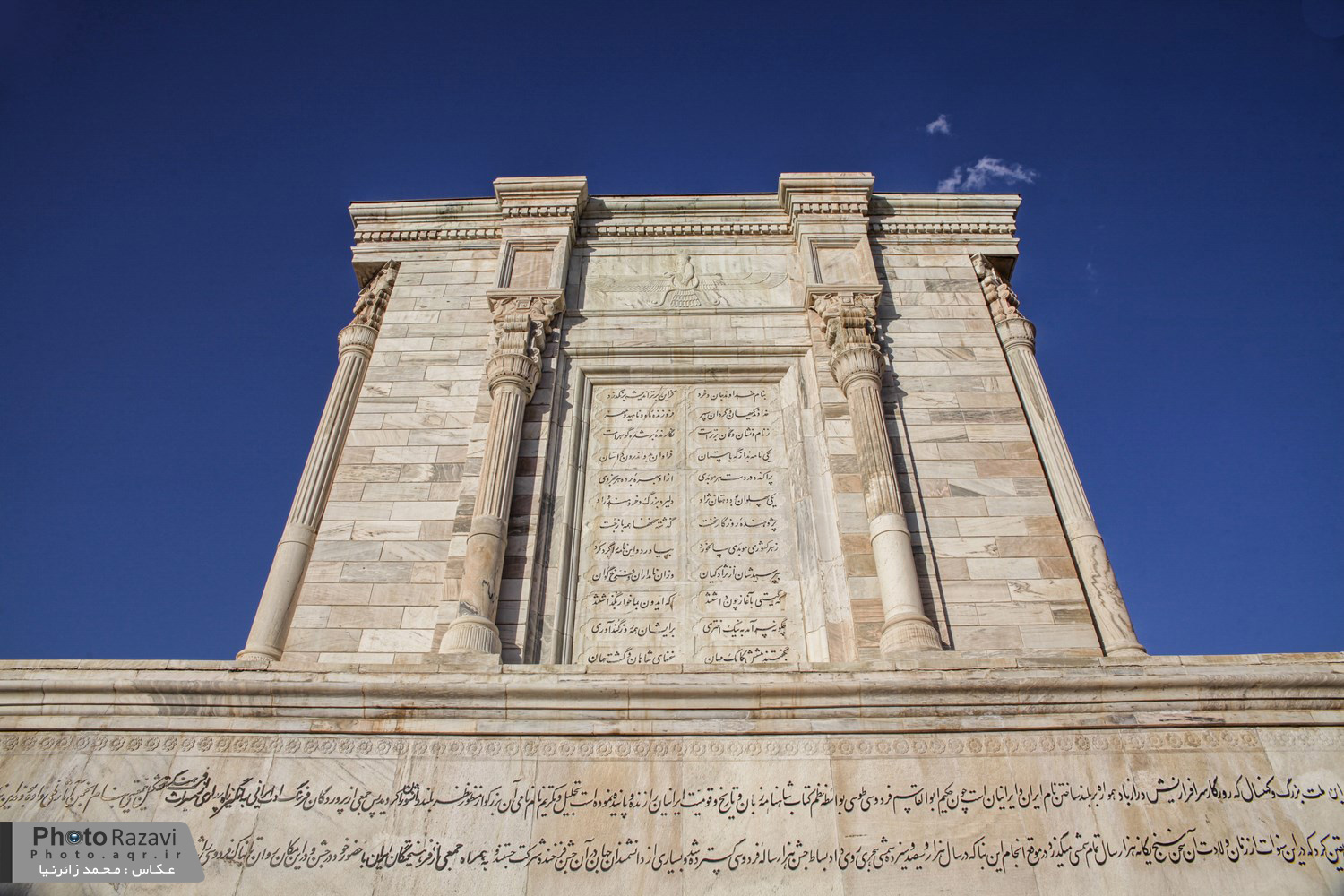
Events
Goharshad Mosque Massacre
This infamous Massacre, which took place in the Holy Shrine of Imam Reza (PBUH) occurred on 10 July 1935. At first it started as a simple popular people's strike against Reza Shah's policies to forcibly replace the traditional clothing styles of the men and women with Western styles and other policies such as heavy consumer taxes.
Initial protest against the new laws was in the form of attempting to have a meeting with Reza Shah by way of Ayatollah Hossain Qumi. However, the Shah was not interested in having a face-to-face meeting on the subject and ordered the Ayatollah to be arrested and later on with some 100 other prominent supporters from Mashhad. Upon hearing that he and the others were arrested, the people of Mashhad went to the Holy Shrine of Imam Reza (PBUH) to make their protest and when Hujjatul Islam Bohlood arrived at the Holy Shrine, he was immediately arrested, instigating the situation. The protestors began a strike in the Gowhardshad courtyard of the Holy Shrine, denouncing the Shah's heretical and harmful policies. The protestors began shouting slogans against the Shah's regime and for four days there was a standoff between the local police, army, and protestors because the police and army refused to invade the sanctuary of the Holy Shrine. Eventually, after a direct order by Reza Shah, the Holy Shrine was raided, killing over a thousand people and injuring several hundred. The bullet holes can still be seen in Gowhardshad courtyard and mosque.
Islamic Revolutionary Events in Mashhad
Although most of the Islamic Revolutionary events occurred in Tehran, Mashhad was no stranger to the Revolution and its people popularly supported the movement. In fact, Mashhad was a major source of thought behind the Revolution and this can be equated to the progressive thinking of the people. After all, Mashhad was home to great social, political, and religious people such as Martyr Dr. Shariati, his father Mohammad Taqi Shariati, Martyr Motahari, and our present day Supreme Leader Ayatollah Khamenei. The presence of the Holy Shrine and the strong role of the seminaries, mosques and Mashhad University also influenced events. Karamat Mosque near Shahada Sq. was the heart of the Revolution because of the circle of intellectuals like Ayatollah Khamenei and Hujjatul Islam Hasheminejad.
Present day Mashhad has marked these bloody Revolutionary events, which occurred in 1978, by naming squares/roundabouts after them. For example, Martyrs Square (Meydan-e-Shahada) and 10th of Dey Square (Meydan-e-Dah-e-Day), also known as the bloodiest day of Mashhad. Of course, we cannot forget the police attack on Imam Reza Hospital on 1978 after a citizens' protest after Ashura night, which resulted in bringing down many statues of the Shah. The children's and emergency wards were attacked, resulting in a strike of the physicians and hospital staff of Imam Reza (PBUH), and other hospitals around the city. Also, the citizens mobilized to protect the hospitals from further attacks.

